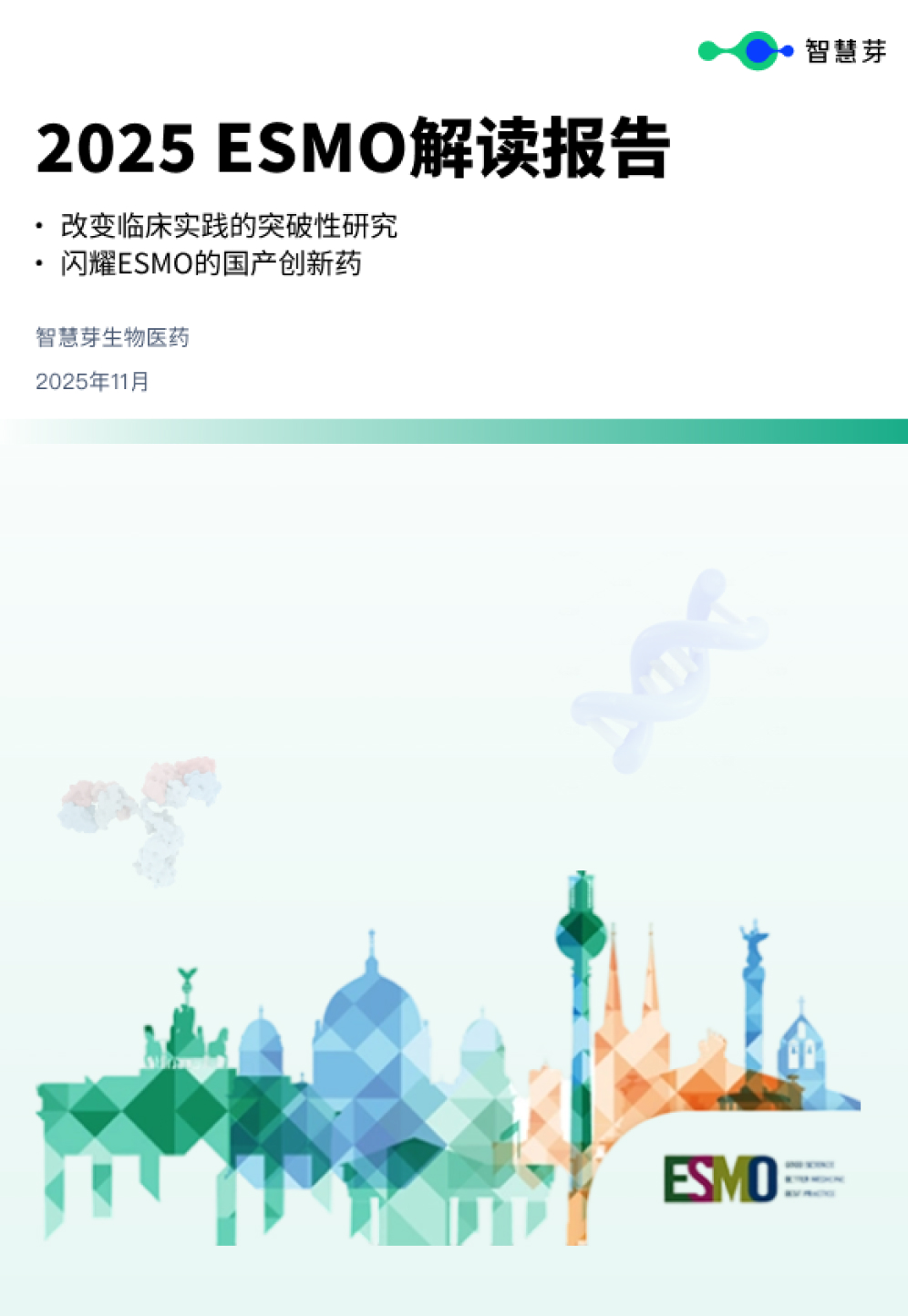预约演示
Cala Health Launches Wearable Device to Treat Hand Tremors
2023-06-14
More than 7 million Americans struggle with essential tremor (ET), but only one in 10 ET patients is satisfied with their current treatment.
Cala Health — a San Mateo, California-based bioelectronic medicine company — is on a mission to give patients a better option for treating their ET. On Wednesday, the firm announced a major milestone on that journey — the commercial launch of the Cala kIQ system, which the company says is the first noninvasive wearable device cleared by the FDA to temporarily relieve tremors in people with ET and Parkinson’s disease.
The drugs used most often to treat ET include beta-blockers such as propranolol and an epilepsy drug called primidone. While these medications are effective for some patients, they can also induce a range of undesirable side effects such as fatigue, nausea and depression — and some patients might not be able to take these drugs due to contraindications with comorbidity.
There are also surgical options, like deep brain stimulation or ablation. These treatments are usually effective at relieving tremors, but they are invasive procedures, Cala CEO Renee Ryan pointed out in a recent interview.
Her company was founded in 2014 as a Stanford University spinout. Its wearable neuromodulation therapy merges neuroscience with technology to deliver individualized peripheral nerve stimulation, Ryan declared.
The kIQ system is an on-demand, at-home therapy used to manage action hand tremors — those which occur when the patient’s hand is undergoing a voluntary movement, such as typing, picking up a glass of water or writing a note.
The wrist-worn device senses each patient’s unique tremor signature and individualizes stimulation. It then delivers transcutaneous afferent patterned stimulation (TAPS) therapy, which means it applies specific patterns of electrical stimulation through the skin to modulate neural activity and promote therapeutic effects. Using TAPS, the device noninvasively counteracts the patient’s tremor through the nerves on the wrist.
After the patient completes an at-home therapy session, they can view their body’s responses via the MyCala.com patient portal.
“Patients can see their therapy session results over time and choose to share with their providers to adjust treatment plans, empowering patients to take an active role in their health,” Ryan noted.
The klQ system is prescribed by movement disorder specialists and neurologists for their patients with ET or Parkinson’s. Cala is responsible for fulfilling the clinician’s prescription, and the company also submits documentation to the patient’s insurer for payment of the device, Ryan explained.
The company has coverage agreements for its device with the Department of Veterans Affairs and Medicare, and it is working to ensure more coverage among commercial payers, she said.
Cala says it is the only company on the U.S. market with a product that has been cleared by the FDA to treat ET or Parkinson’s action tremor with noninvasive wearable technology. There are some other companies developing devices to do the same thing — including Allevion Therapeutics and Encora Therapeutics — but they haven’t cleared regulatory hurdles yet in the U.S.
Researchers say more studies are needed to determine whether wearable devices can create long-lasting tremor relief from a single session — beyond reducing tremors for an hour or two at a time. They also suggest that further research is needed to solidify wearables as a standalone treatment for essential tremor patients.
更多内容,请访问原始网站
文中所述内容并不反映新药情报库及其所属公司任何意见及观点,如有版权侵扰或错误之处,请及时联系我们,我们会在24小时内配合处理。
靶点
-生物医药百科问答
全新生物医药AI Agent 覆盖科研全链路,让突破性发现快人一步
立即开始免费试用!
智慧芽新药情报库是智慧芽专为生命科学人士构建的基于AI的创新药情报平台,助您全方位提升您的研发与决策效率。
立即开始数据试用!
智慧芽新药库数据也通过智慧芽数据服务平台,以API或者数据包形式对外开放,助您更加充分利用智慧芽新药情报信息。





